The Watch Market 2023: 5 Big Questions regarding Tudor, Rolex, Zenith, Oris, and Pricing
by Raman Kalra
Raman Kalra is the founder of The Watch Muse blog and has kindly agreed to share some of his articles with us here on Quill & Pad.
___________________________
There are always questions that watch aficionados ask of brands across any industry, and the watch world is no different. These can be popular wishes, such as an Omega Seamaster 300M without a helium escape valve, or now a smaller titanium Rolex Yacht-Master, or they could be something like “Why is JLC not more popular given its watchmaking abilities?”.
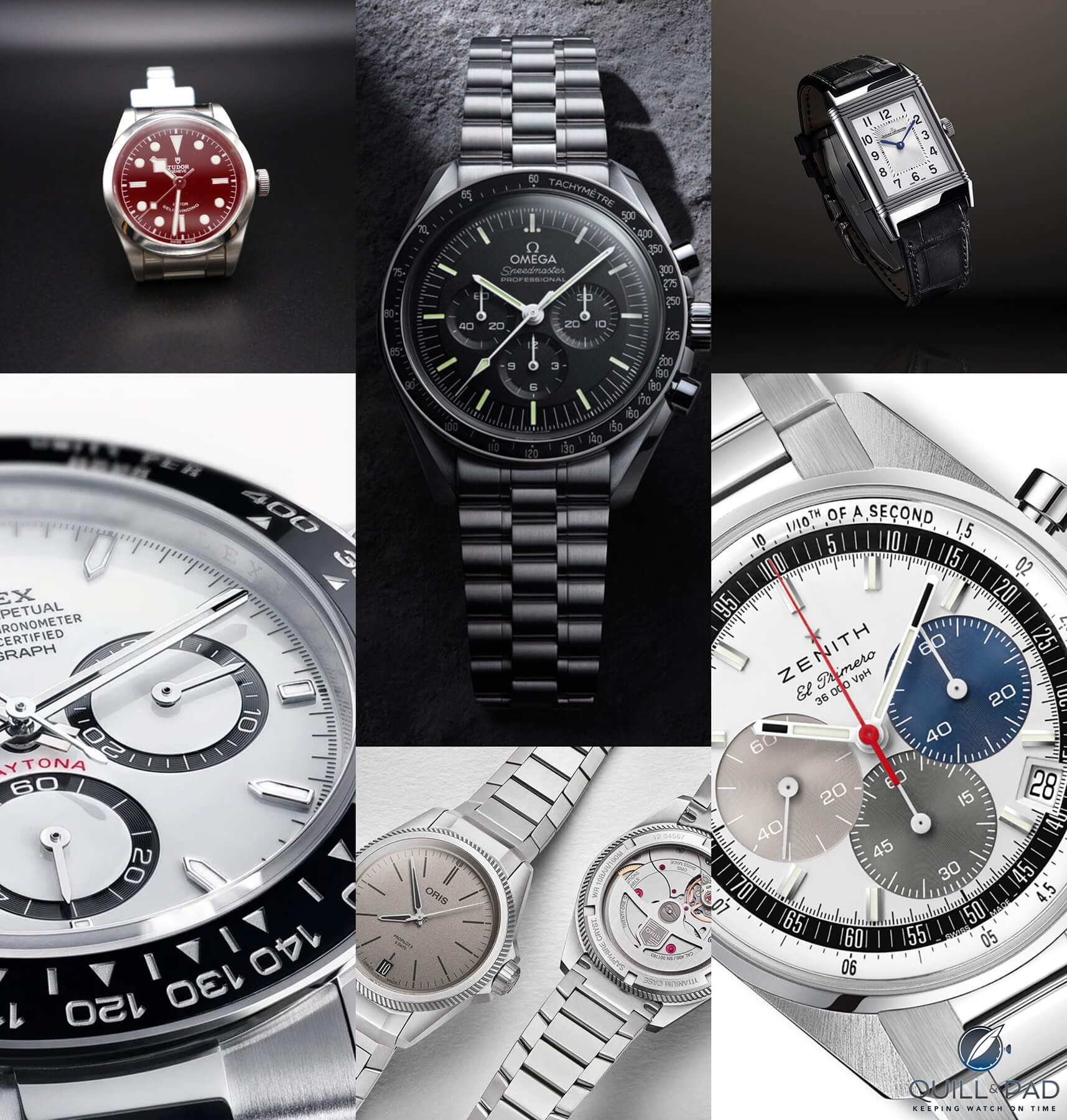
You will all have your own thoughts and opinions, but I wanted to share a few ideas that made me stop and think. These questions can be seen as conversation starters, and I would be interested to hear your views and what you think the answers could be!
These points do change with time, but as of August 2023, these are the ones that I find most intriguing.
Why Doesn’t Tudor Release More Dial Colors?
Tudor needs no introduction. I don’t think anyone could have predicted its meteoric rise in popularity over the last decade. Obviously, there have been various broader market factors that have helped Tudor along the way, including the increased demand for vintage-inspired watches and the difficulty in obtaining coveted Rolex models leading consumers to look elsewhere.
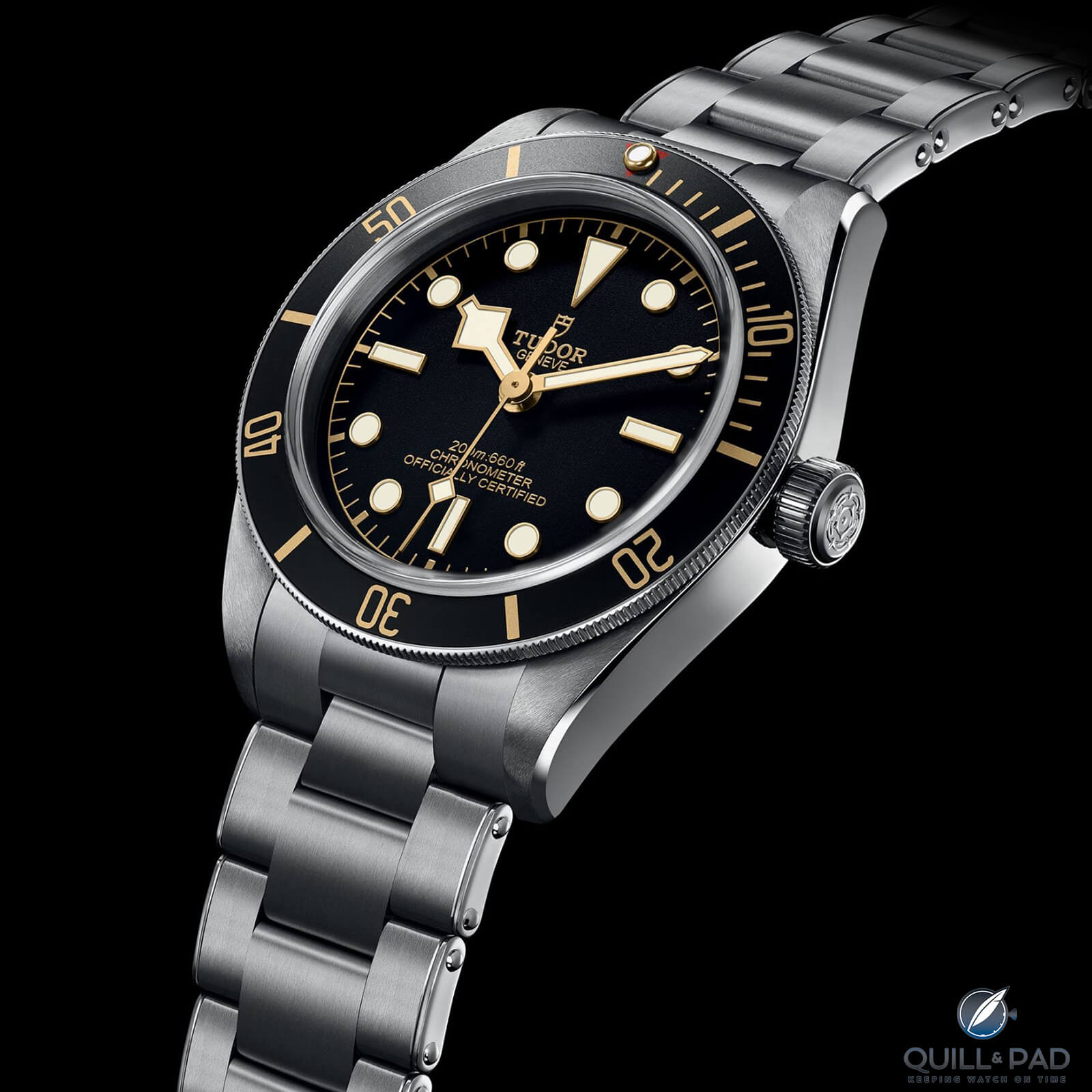
Tudor Black Bay
It isn’t just great design that makes Tudors compelling purchases, but the build quality of the movements, cases and bracelets (excluding some QC issues that have come up on some models) is hard to match.
Tudor is quickly becoming the go-to watch brand for those looking to buy their first luxury watch. At the same time, Tudor does an excellent job of listening to the demands of its customers and enthusiasts. In that sense, we have seen some more interesting releases and those such as the Pelagos 39 that have answered client’s wishes directly.
Anecdotally, I see more and more Tudor watches on wrists around London. And I am one of them, having owned a Black Bay 36 since 2020. I have no reservations about recommending a Tudor to anyone.
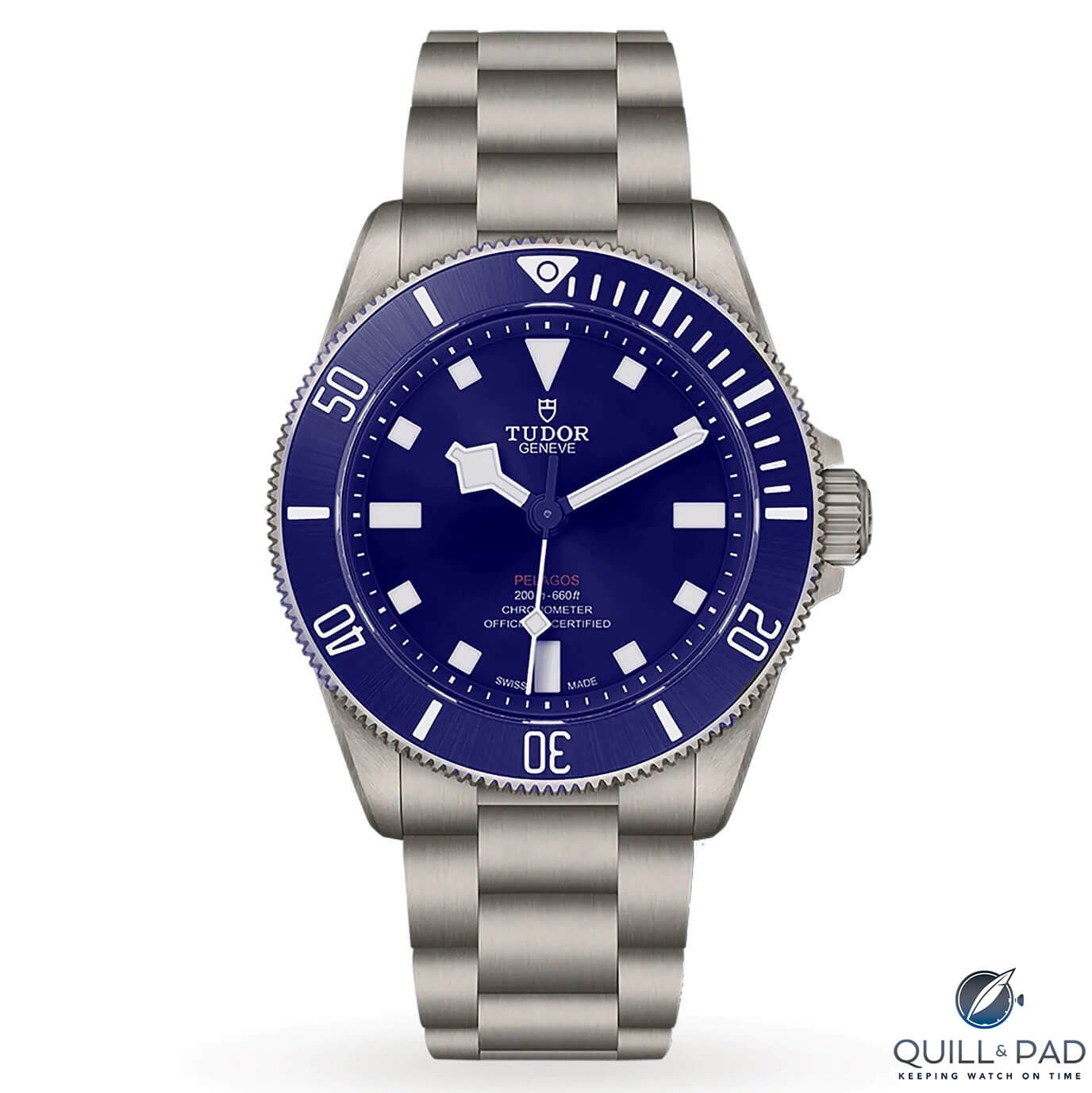
Tudor Pelagos
Tudor is a brand comfortable with pushing the boundaries in its releases. This can be in both subtle and loud ways. For example, releasing the Tudor Black Bay 54, a 37mm dive watch. Many brands would be hesitant as while enthusiasts see the merits of doing so and long for pieces like this, the broader market still prefers larger watches.
There is the case that the BB54 can be aimed toward women beyond just the (male) enthusiast’s demand, Tudor could justify it. However, the fact they did it shows they are willing to take a few risks and react quicker to the enthusiast market trends. Then there are launches such as the Black Bay P01, based on a 1960s prototype proposed to the US Navy. The unique design uses a hinged-end link system and features a stop system for the bi-directional bezel.
There has even been some experimentation with case materials such as Silver, not typically seen due to tarnishing concerns, and ceramic. The “Born to Dare” slogan might split opinions but from what Tudor is showing us, they are ready to dare on their watches.
————————————————————————————————————–
—————————————————————————————————–
I am a huge fan of Tudor for what they do. It is what makes them one of the most exciting brands when it comes to launches and shows such as Watches & Wonders. However, one big question I have is why they don’t launch more dial options. Usually, this is one of the easiest updates a brand can provide to a model. Change a dial color and you have a new watch, new media coverage and hopefully, new customers with minimal R&D.
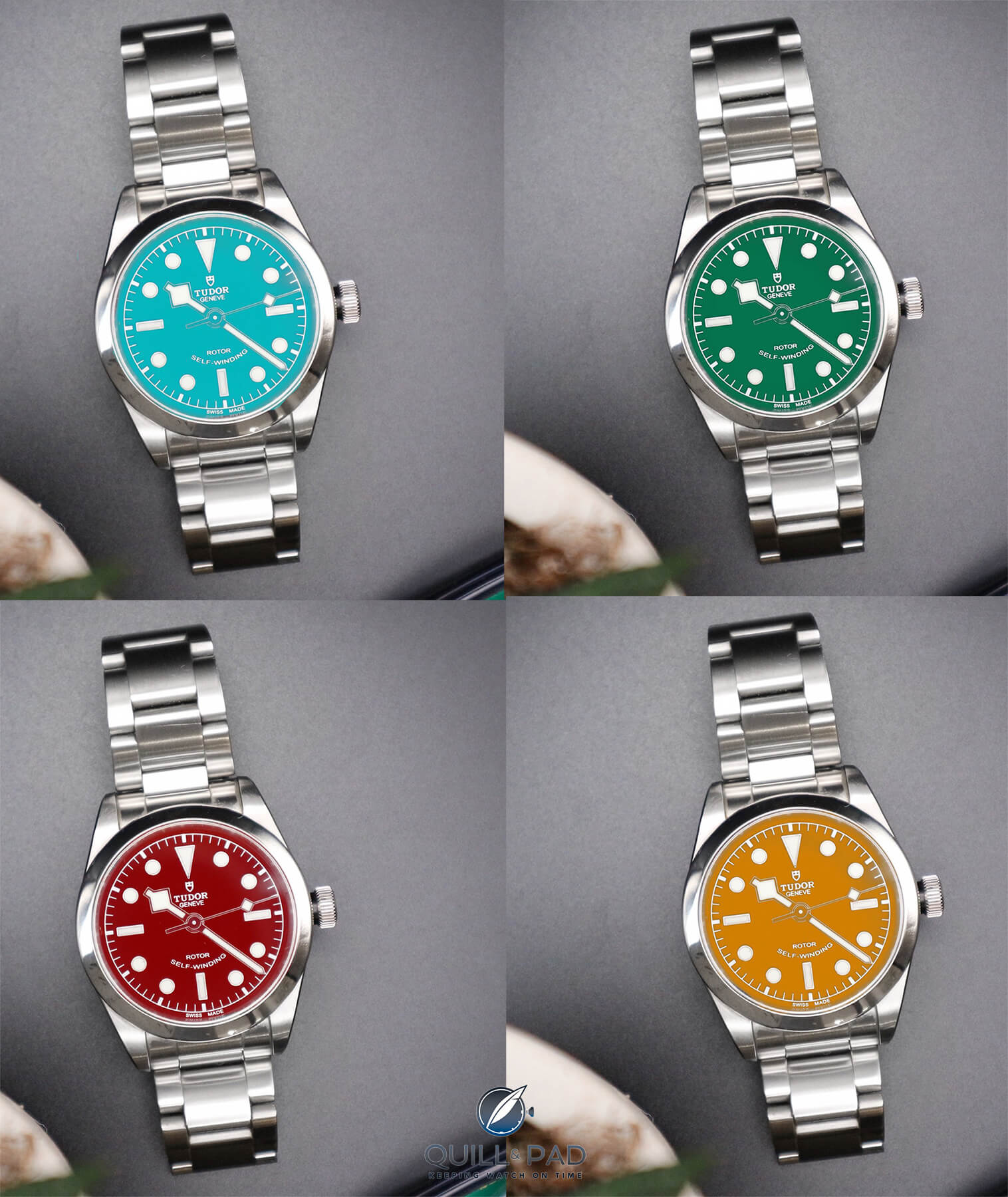
Possible Tudor colors?
It can be viewed as an annoying tactic when other brands do it repeatedly and avoid launching anything new, yet with Tudor, I wouldn’t mind if they decided to refresh the color options available. Imagine a Black Bay 31/36/39/41 in burgundy, light blue or rich green. Similarly, since 2018, the Black Bay 58 has only seen two color variants.
The Pelagos 39 would look amazing in a rich blue like the Pelagos 42 or even a white dial, black bezel combo similar to the Omega Seamaster 300M. The possibilities are endless, but we don’t see them. Potentially, the brighter colors on the bezel-less Black Bay might interfere with Rolex Oyster Perpetual demand (although, doubtful).
Apart from this, I can’t see why it hasn’t been done, even if the colors were subdued.
Why Don’t More People Appreciate Zenith?
Zenith has had a small resurgence in the last few years thanks to some new models entering their collection, but I still find it one of the more under-appreciated brands out there. When thinking of what makes a luxury brand great, it comes down to a few factors: design, movements, heritage and exclusivity. There could be others although those four categories should cover the majority. Zenith is a brand that performs well in all of those categories.
When it comes to heritage, Zenith was founded in 1865 by Georges-Favre Jacot. The aim was to produce accurate timepieces and to achieve this Jacot inadvertently created the term “in-house”. The belief was quality could only be ensured if the entire watchmaking process was within control. This was not the only time that Zenith was ahead of the time. In 1888, Jacot registered the name “Pilote” and “Pilot”. He trademarked names that seemed promising and it paid off with “Pilot”.
Clearly, this foresaw the importance timekeeping would become to flying, which was still 15 years away when the Wright brothers made the first powered flight. You may wonder how Zenith got its name, and the answer is the Zenith caliber produced in 1897. It was a dependable, accurate movement made using standardized production methods. The brand has been at the forefront of watchmaking since wristwatches began.
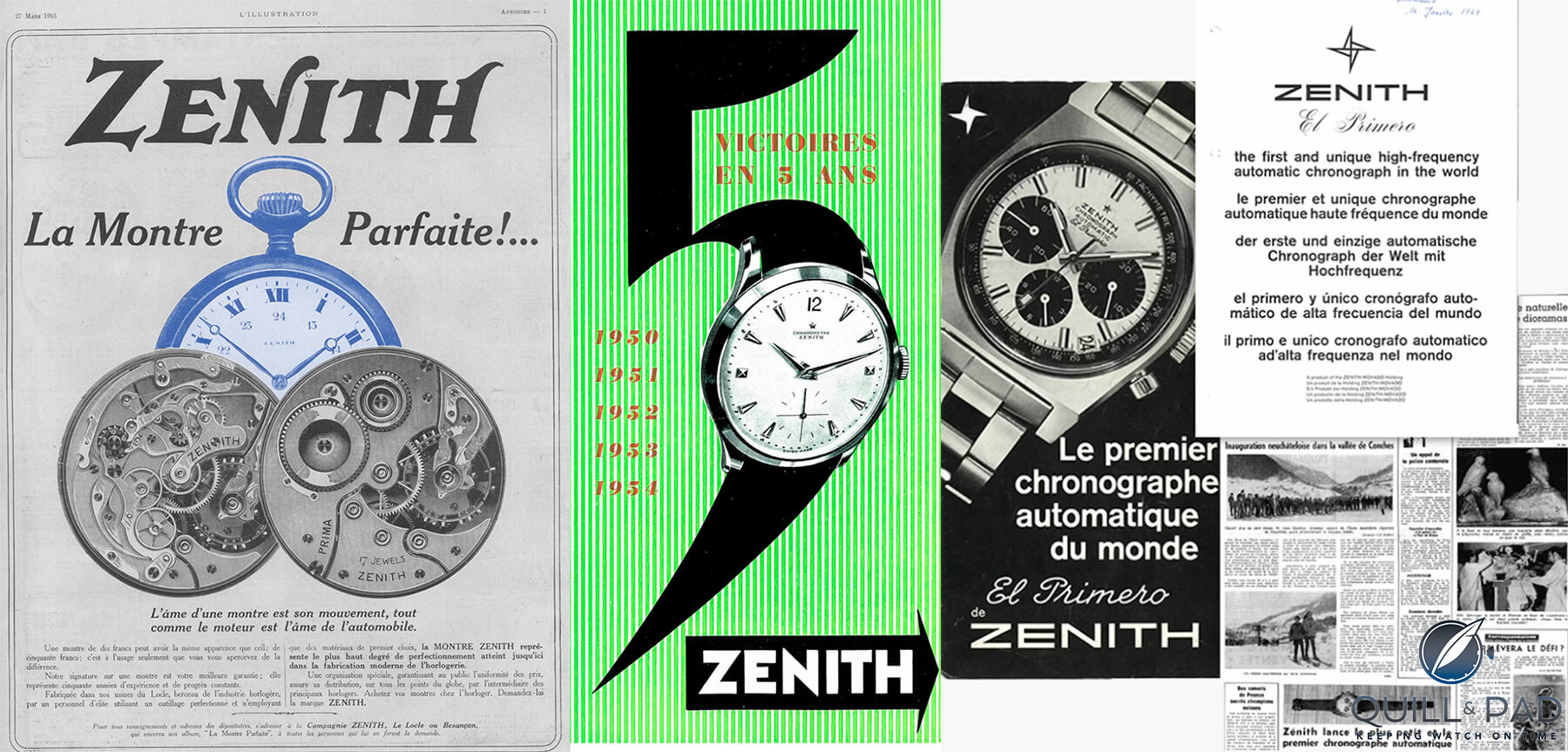
Zenith advertising
It’s one thing having heritage behind the brand name, but it is another to back it up with craftsmanship. Zenith has always been an extremely capable watchmaker with recognition coming as early as 1900 for their Zenith caliber. The 1950s saw their next big step forward in movement manufacturing. Zenith won five consecutive Neuchâtel Observatory chronometry prizes from 1950 to 1954. This was for the Caliber 135.
—————————————————————————————————–
—————————————————————————————————–
Zenith has won 2,330 chronometry prizes over the years. The big one that we all know, however, was launched in 1969. The El Primero. It was the world’s first automatic, high-frequency chronograph caliber. It was such an achievement, Rolex used movements from Zenith in the Rolex Daytona from 1988 to 2000. A brand notoriously stringent on producing everything in-house could not better Zenith and chose to use the El Primero caliber. That in itself speaks volumes. In my eyes, it is one of only a few movements that I would go out of my way to own one day.
Having good movements is great, but for most, it doesn’t mean too much if the watch it is housed in is not designed well. This is subjective, but Zenith makes some good-looking references. Let’s try to tackle design from an objective point of view. A luxury brand must have a distinct design language and aesthetic that cannot be mistaken for something else. Zenith checks this box.
The tri-color chronograph dials could not be more quintessentially Zenith. The distinctive designs have stood the test of time, and the brand can release vintage-inspired pieces that cater to current demands while having merit behind the designs.
Finally, exclusivity. The brand may be a part of LVMH, but production numbers are far fewer than the likes of Rolex, Omega, TAG Heuer and Breitling.
According to a Bloomberg interview with Julien Tornare, the CEO, Zenith produced 24,000 watches in 2022. You are far less likely to encounter someone wearing the same Zenith reference as you are a Rolex Daytona.
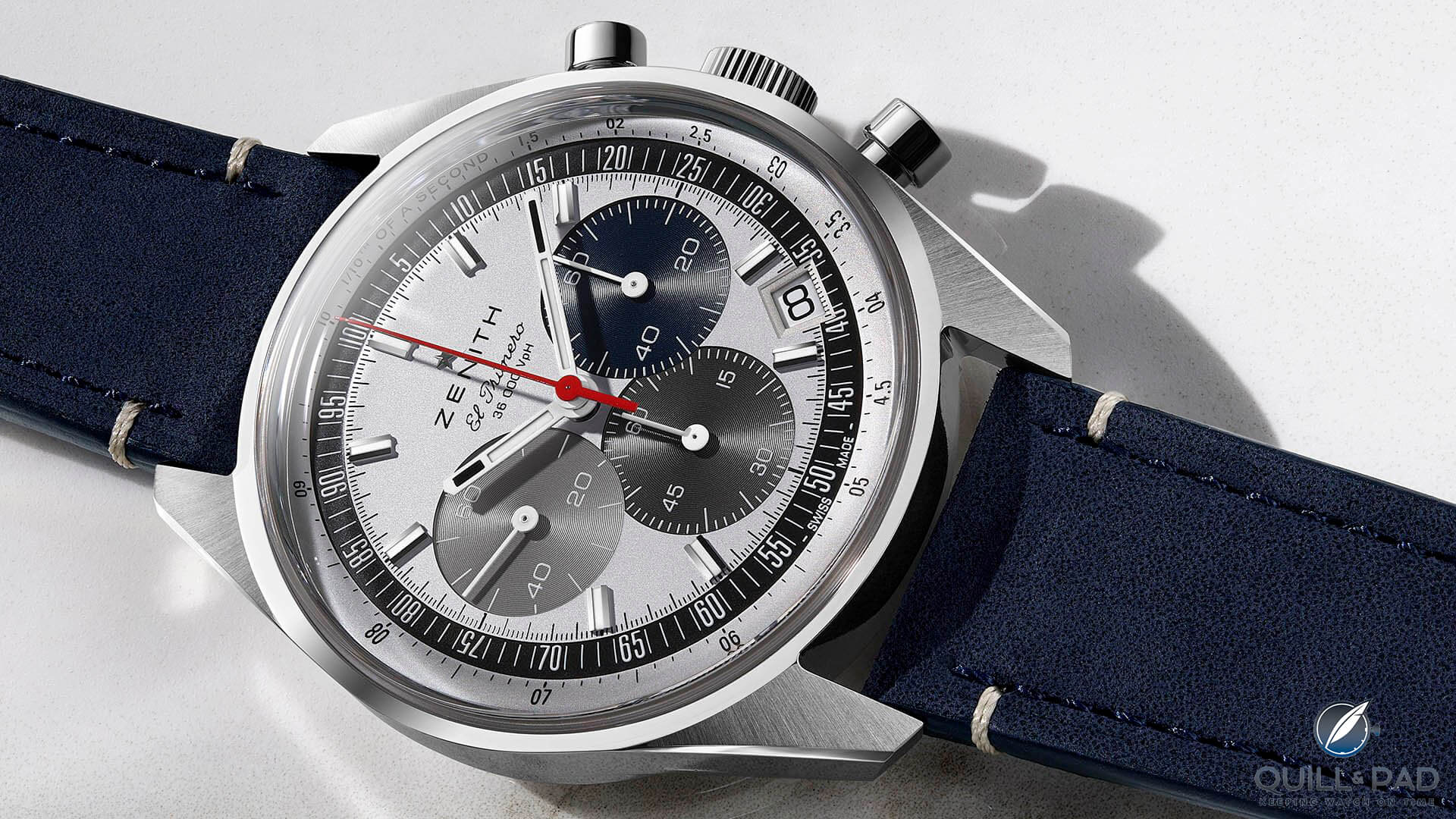
Zenith El Primero Chronomaster
All of this leaves me with the question, why does Zenith seem under-appreciated? At the start, I mentioned they are having a small resurgence and that is true to some extent. They have launched the integrated bracelet Defy, as well as the Chronomaster Sport, which is a more modern chronograph interpretation. They are both fantastic watches, although they are quite obviously taking inspiration from other popular in-demand watches such as the Audemars Piguet Royal Oak and Rolex Daytona.
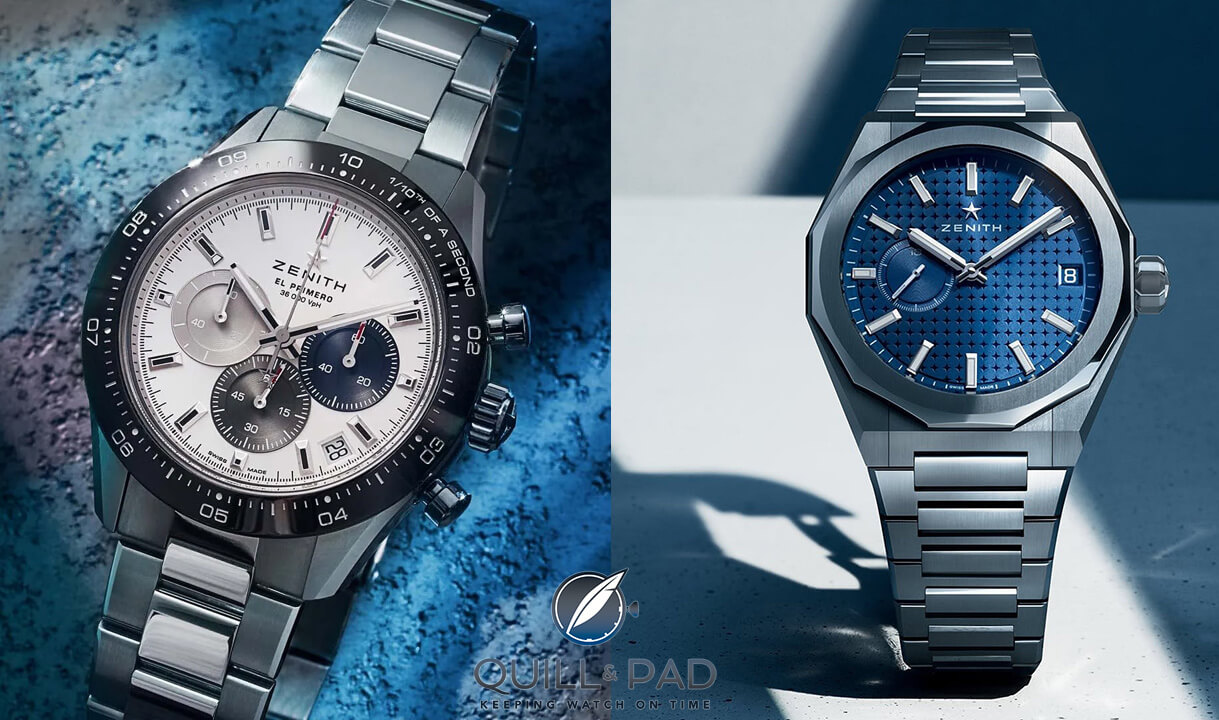
Zenith watches
In that sense, how much of the resurgence is down to Zenith rather than offering designs that resemble watches that customers are after? In my view, Zenith deserves more than that and the classic El Primero Chronomaster Original should be more coveted. The 38mm would be my choice without hesitation. So again, if Zenith has the formula to be a top luxury brand, what is it missing?
—————————————————————————————————–
—————————————————————————————————–
Does The “Rolex Curve” Still Exist?
I have heard of the Rolex Curve principle several times through the years, and if you haven’t, bear with me as I explain. What I call the “Rolex Curve” is the belief that as you first start your watch journey, Rolex is the entry point. Why would it not be? Everyone has heard of Rolex.
Most people associate Rolex with the pinnacle of watches. There is some truth here as they are extremely well produced with timeless designs. In simple terms, it is a clear way of showing the world that “you have made it”. For all of this, as a new entrant to the watch world, that is where you start your research and quickly you understand that the watches live up to the brand name.
From here, you catch the watch bug and become interested in owning others. As time passes, you research more broadly and appreciate everything else that is on offer. Maybe you hear of Zenith (following on from the above), Breitling, JLC or Panerai, and you become intrigued. There are other great watches on offer that don’t hold the Rolex name and that becomes more interesting to you. You may build out your collection with some of these names.
Yet, more time passes, and as you become a seasoned watch enthusiast and collector, you make your way back to Rolex. You now return with the knowledge that their watches are just so well made and thought out. Their bracelets and clasps are exceptional, the quality is excellent given the number of watches they produce, and their designs are timeless.
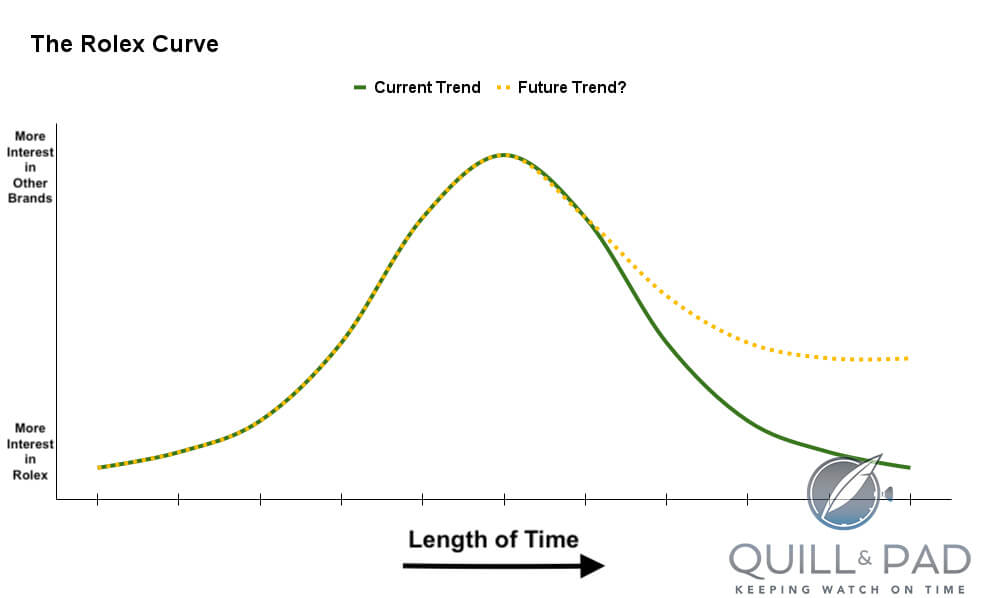
The Rolex Curve
You may or may not believe that this curve exists, although you have to admit there is some truth to it. Rolex is the brand that others compare watches to. There are always a few areas for improvement across most watches in the sub £10k price range, whether this is finishing, movements or bracelet. The main problem for Rolex is availability.
My question is whether or not this whole phenomenon will come to an end. The principle that seasoned collectors will return to Rolex relies on one thing – availability. Rolex has experienced the sharpest rise in demand in recent years, and even while producing roughly a million watches a year, it is a challenge to find one at your local AD.
Some challenges from the AD side involve allocating popular references to “true” buyers as opposed to those intending to flip for a quick profit. This has made it harder to show you are serious as a consumer, and it has all resulted in what I find to be quite a painful and unpleasant experience given you are purchasing a luxury item.
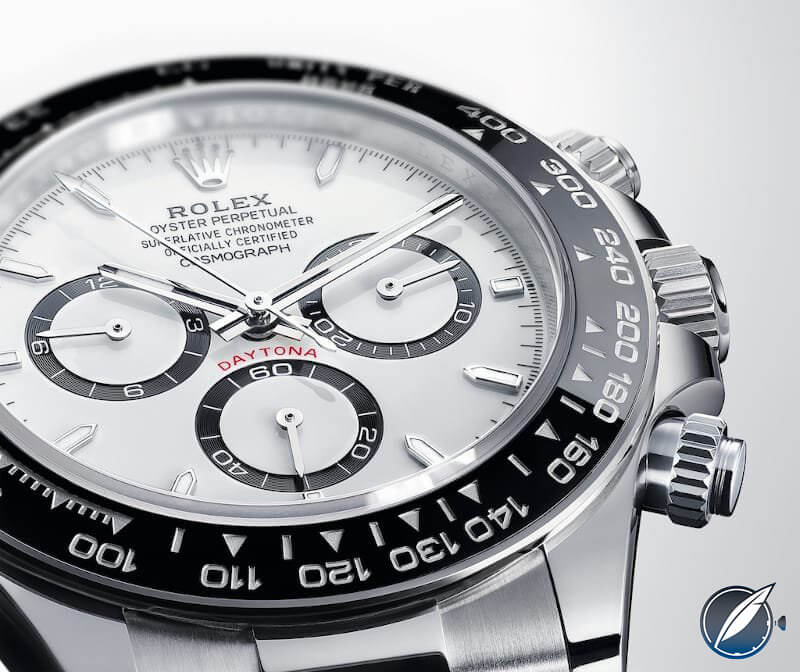
Rolex Daytona
Given this, I am now imagining a situation where an enthusiast learns and appreciates the strengths of other brands. Even if there are some quirks and areas for improvement, will they be enough to turn these customers back to Rolex and the difficulties around getting the reference you want? I am sure the return to Rolex appreciation will be there in spirit, but I am not sure otherwise.

Rolex GMT Master
I am that person currently. I own a Rolex from before the whole hype phase and now have experienced other brands. While I truly appreciate their greatness, I am not and will not aim for another one in the current situation. I would rather go for an Omega or Grand Seiko (which I just did). Rolex will never suffer from a lack of demand, but I don’t think this curve will be as clear-cut going forward. Your thoughts?
—————————————————————————————————–
—————————————————————————————————–
Will Oris Succeed in Moving Upmarket?
In recent years, we have seen a wave of new demand for watches. More people than ever are interested in them, which is great, thanks to access to information that was never present before. Now you can visit sites like this or your favorite YouTube channel, and there is information regarding different brands and models at all price ranges.
On top of this, watches, with the influence of social media, have further become status symbols (even if you don’t view them that way), bringing new, fashion-conscious customers into the mix.
Finally, with the rise of cryptocurrencies and the low-interest rate environment we had up to 2022, watches were viewed as a separate asset class more than ever. A byproduct of these factors, as well as recent inflation, has led to price hikes across all brands. Some brands are readjusting to a higher level, and others are looking to improve their watches structurally to make them more competitive at higher price points.
Oris is taking the latter route.
Oris has a rich history and I most are aware of the brand. Given the availability at more affordable price points, I would classify the brand as an entry-level luxury, that is to say, watches are available from around $1,500 depending on the model. They are one of the dominant players in this category, going up against the likes of Longines, Bell & Ross and Nomos. This is where they have built their reputation, offering very attractive watches such as the Diver Sixty-Five, Aquis and Big Crown.
Oris designs offer breadth across modern designs as well as designs inspired by watches of their past. From an aesthetic angle, they are very compelling and then on top of that, they are Swiss Made and use Sellita movements that are reliable and durable.
It is easy to see why they have had success, and this is without mentioning their long past, starting in 1904. It is also without mentioning the brand in the present. Many brands have a philosophy they try to uphold, but Oris is one name that does this to such a high standard. The focus is on sustainability in watches and on “Change for the Better”. Oris demonstrates this by the awareness they bring to certain Global issues and in the watches they release.
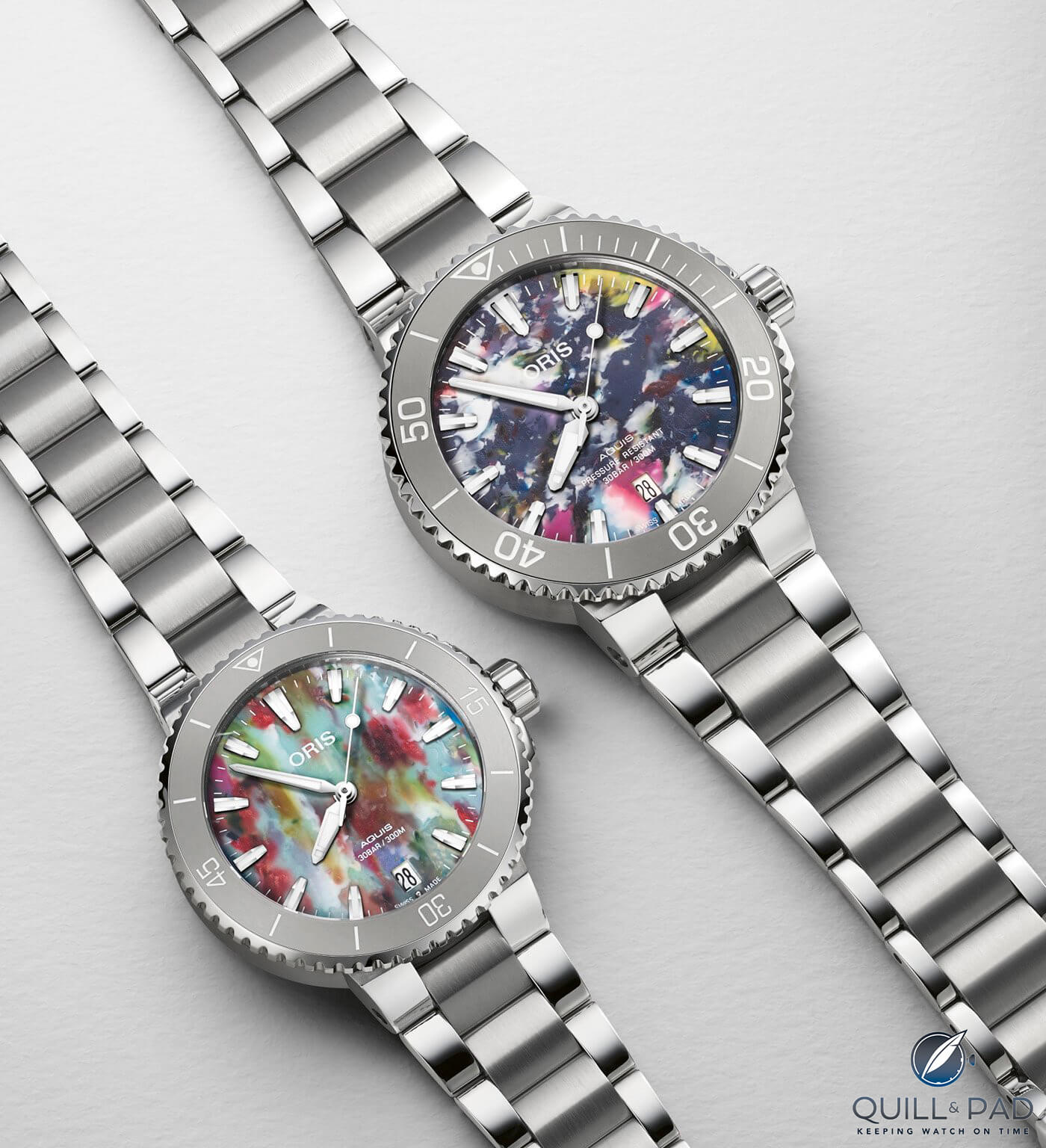
Oris Aquis Date Upcycle
A good example is the Aquis Upcycle which uses recycled Ocean plastic to create the dials. It is very easy to buy into a brand that, from the outside, seems truly passionate about what they do.
—————————————————————————————————–
—————————————————————————————————–
As mentioned, some brands are moving upwards in the market. Oris is one name that is, in the right way. They are improving their watches and, in doing so, entering a new price point and competitive landscape. It all starts with their movements. They first launched an in-house movement, the Caliber 110, in 2014. It is a hand-wound, 10-day power reserve movement with several variations launched since. At 34mm, this movement is on the large side and so was only found in their larger watches.
In 2020, however, Oris rectified this by releasing the Caliber 400 – an automatic, 5-day power reserve, non-magnetic movement. The Caliber 400 is efficient and accurate, achieving- 3/+5 seconds per day. The best part is that the movement is smaller and now fits into more popular The best part is that the movement is smaller and now fits into more popular watch sizes. To house the movement, Oris has introduced new designs, such as the ProPilot X, which is fully titanium. ProPilot X, which is fully titanium.
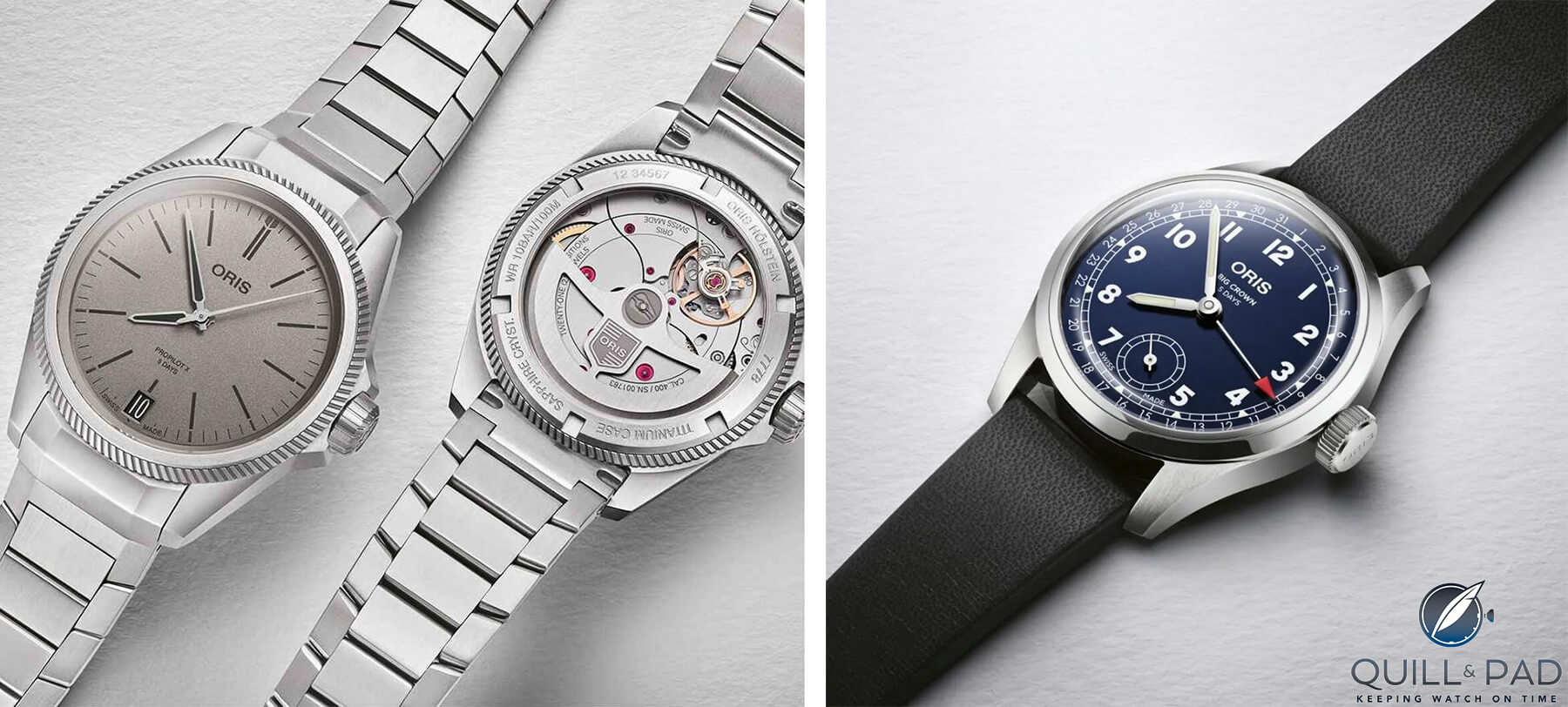
Oris
Newer releases of the Big Crown also feature a variation of this caliber. All of this does come at a price, and these newer pieces see price increases of over 50%. This is warranted, but my question is, will Oris be successful in this new endeavor? Technically, I don’t see why not. On the other hand, if they put a Big Crown for $ 3,700 next to another at $ 2,200 on their website, will the average consumer be convinced? I am not sure, and there are numerous watches that can be found for a discount or on sale.
I want Oris to succeed. I just hope they can continue to convince the wider audience and take that repetitional step upward to match their products.
Is There a Point Where Watch Prices Are Too High?
Following on from the Oris discussion, the big question that I think is on everyone’s mind is – is there a point where watch prices are just too high? Before getting into this, consider the Omega Speedmaster Moonwatch.
In May 2019, the Hesalite Moonwatch had a retail price of €4,700 (found on speedywatches.com), but today it is €7,400. While there have been improvements to the watch, such as an updated dial, better bracelet, and Co-Axial 3861 movement, it still amounts to a 57% increase in just four years.
Another example is the JLC Reverso. The Reverso Duoface had a retail price of €9,100 in April 2022, and by January 2023, that had risen to €13,100 (+44%).
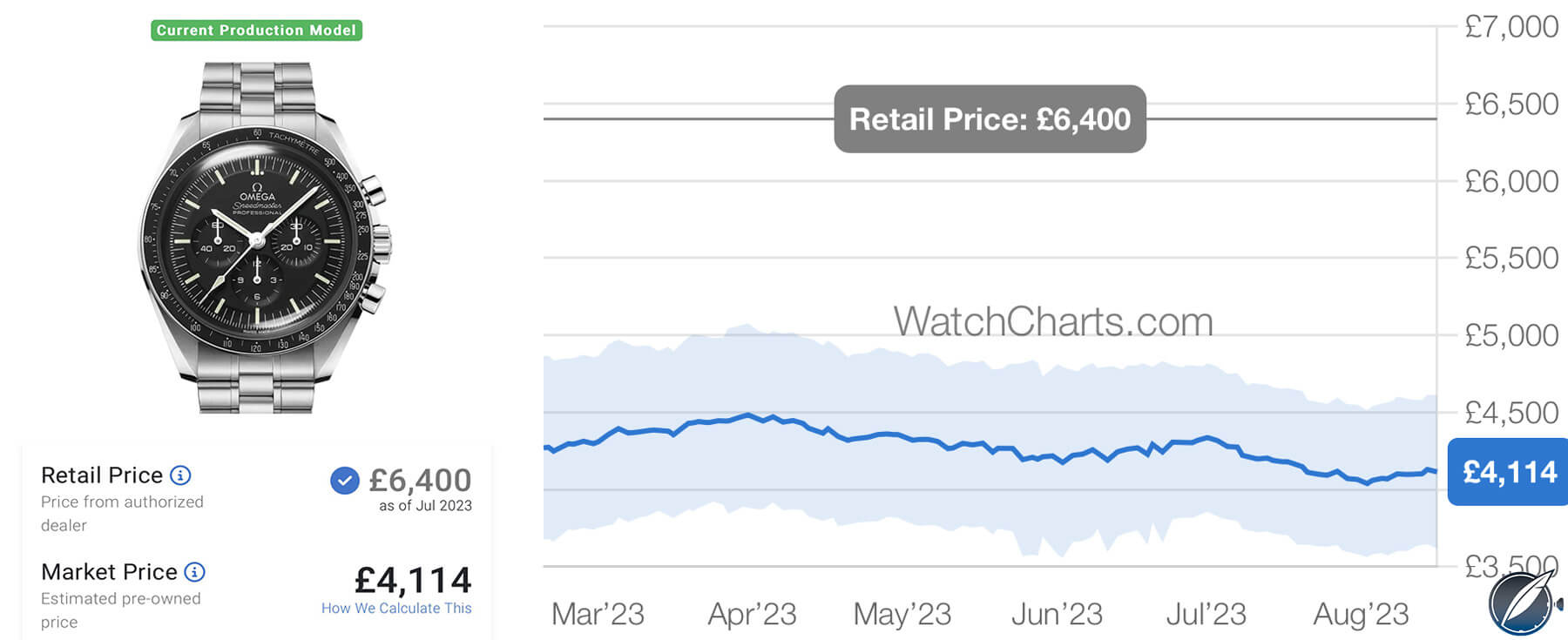
Omega pricing
As highlighted when discussing Oris, the price increases come down to a combination of factors such as more demand than ever for luxury watches given access to information, social media, those viewing watches as an asset class and then inflation on top. It is easy to see why brands are jumping on this opportunity, especially those with famous designs such as Omega and JLC.
To some degree, this re-pricing is warranted, and it could be argued that some models across all brands were underpriced given how good or how iconic they are. Let’s not forget that there is a group out there that benefits from these price hikes – the owners of the watches that are experiencing them. However, there is also a point where these price increases seem too steep, especially at the rate they have been implemented.
—————————————————————————————————–
—————————————————————————————————–
In Economics, there is the basic theory of Supply vs. Demand, and where they intersect is the Equilibrium. In an efficient market, prices are set where supply equals demand, and if that equilibrium point is not met then there will be a market change. Either supply or demand goes up or down or prices need to change to reach that equilibrium. Some readers will have a much deeper understanding of Microeconomics, but the above is a broad-brush summary.
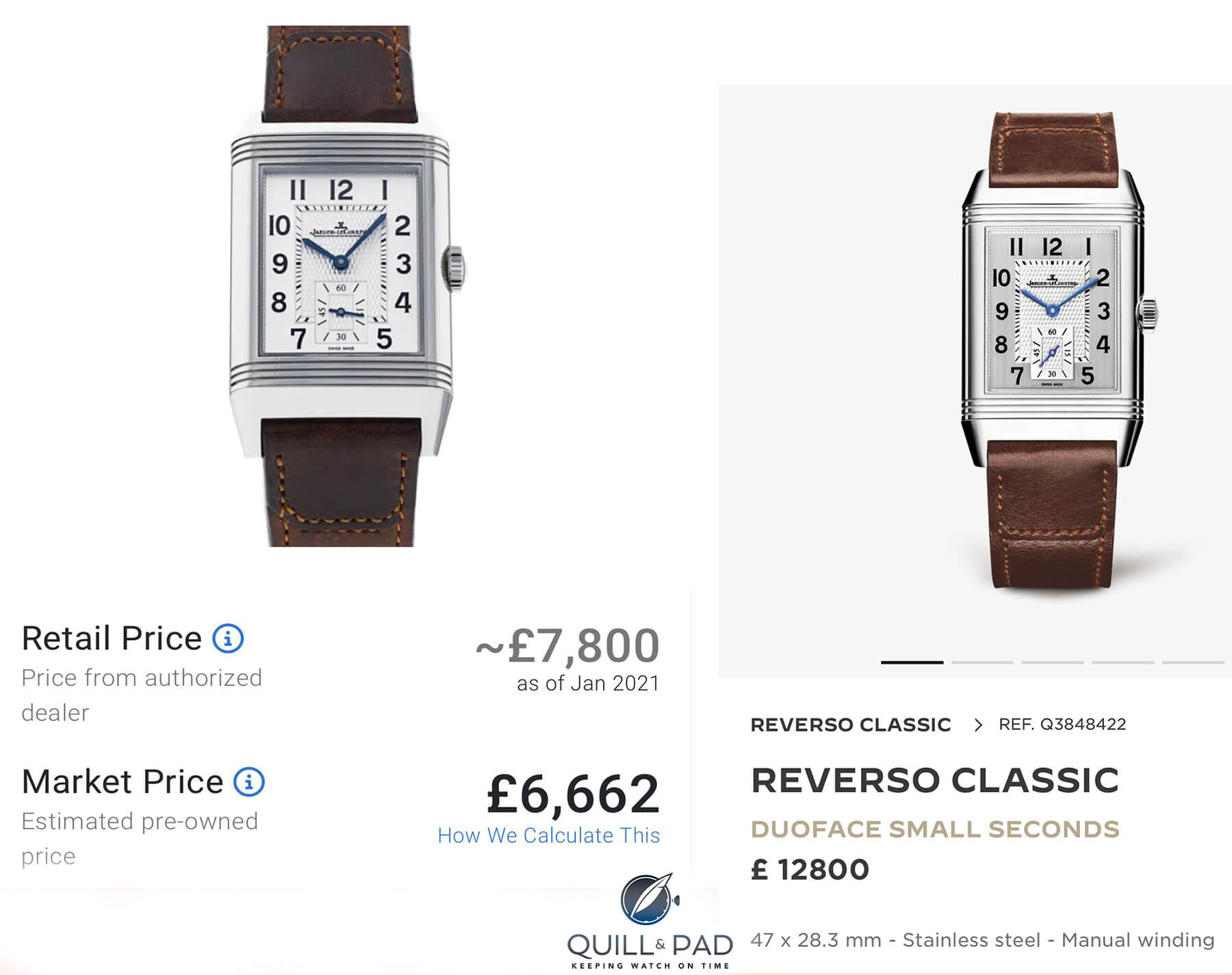
JLC pricing
Clearly, demand has gone up in recent years while supply has remained relatively stable. However, is there a point where the price changes to reflect this go too far? There will always be those who have the means to purchase a luxury watch, but as watches move upwards in value, the number of people in that group reduces. Consider wage growth, which is not going up at the same speed.
Further, are those in that purchasing group buying only one watch? How many are going to be in the market for an Omega Speedmaster and how many already own one if they wanted it? Are they going to be looking for something more niche? I don’t have the answer, but what I do know and can visibly see is that the barrier to entry is going up and that is leading to many potential new customers being priced out.
This could have knock-on effects even beyond losing new customers, such as leading to long-term avid fans having to look elsewhere.

Omega Speedmaster
While I don’t think the watch market will ever return to what it was ten years ago, if the watch hype does start to drawback, these avid fans are the repeat customers any brand would want. Have we reached this point? I am not sure. In some ways, I can say yes as I was recently recommended by a knowledgeable salesperson in an AD to look at a Moonwatch on the secondary market as price wise it made more sense. I appreciated his honesty. However, a different AD told me they sell the Moonwatch multiple times daily without issues. So, is there a point where prices are just too high?
Conclusion
We will all have our own burning questions and thoughts about the watch market and different brands. There will sometimes be answers and other times, the questions are open-ended. I wanted to share with you five of my top thoughts currently on the state of brands and the market as a whole.
I am interested to hear your thoughts in the comments below, as well as any other points you think I should be considering.
You can read more articles by Raman Kalra at www.thewatchmuse.com.
You might also enjoy:
Tudor Pelagos 39 mm Thoughts: Blandly Exciting, or Excitingly Bland?
Rolex Submariner vs. GMT Master II: Small Differences, Difficult Decision
Leave a Reply
Want to join the discussion?Feel free to contribute!


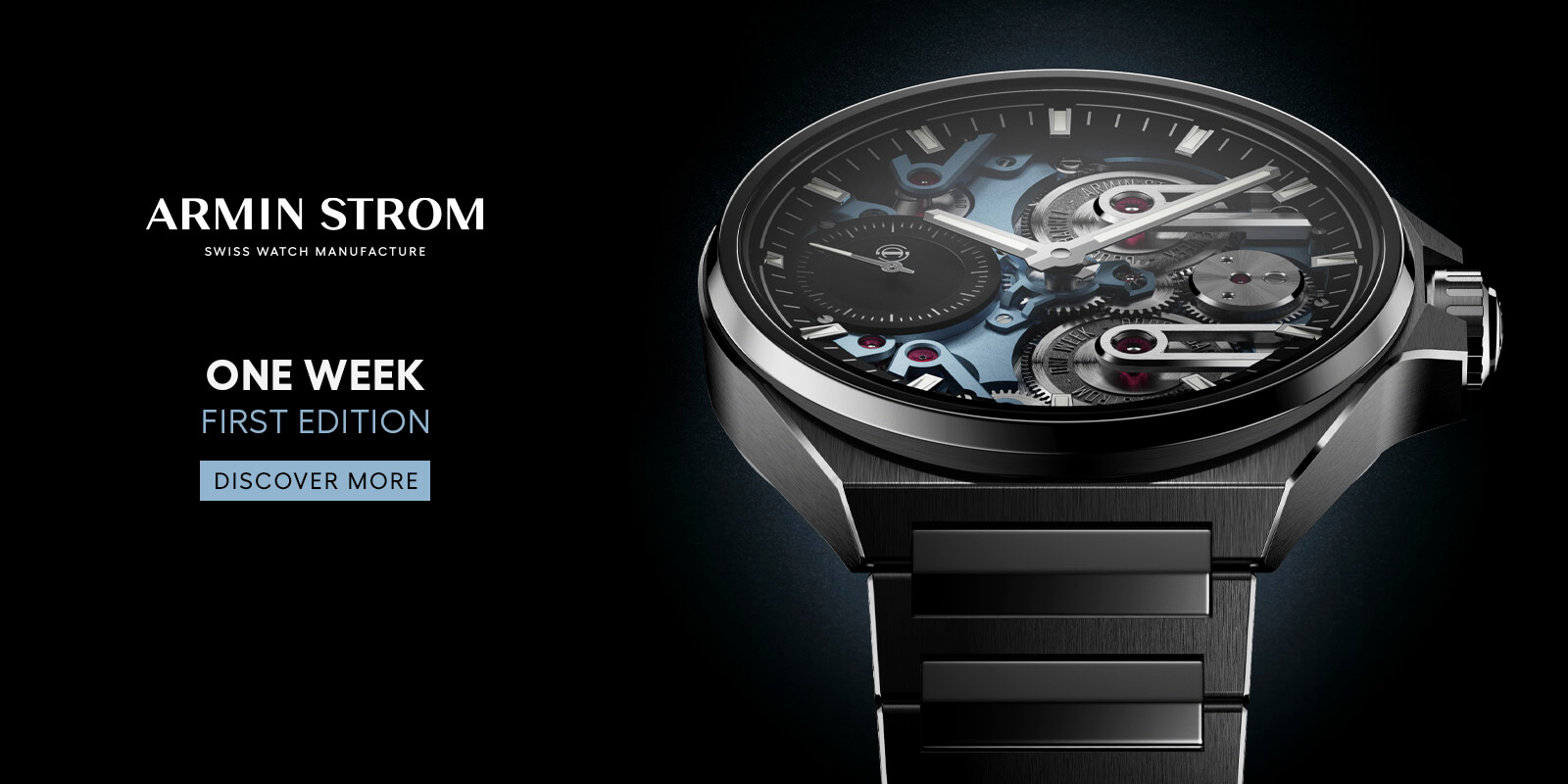
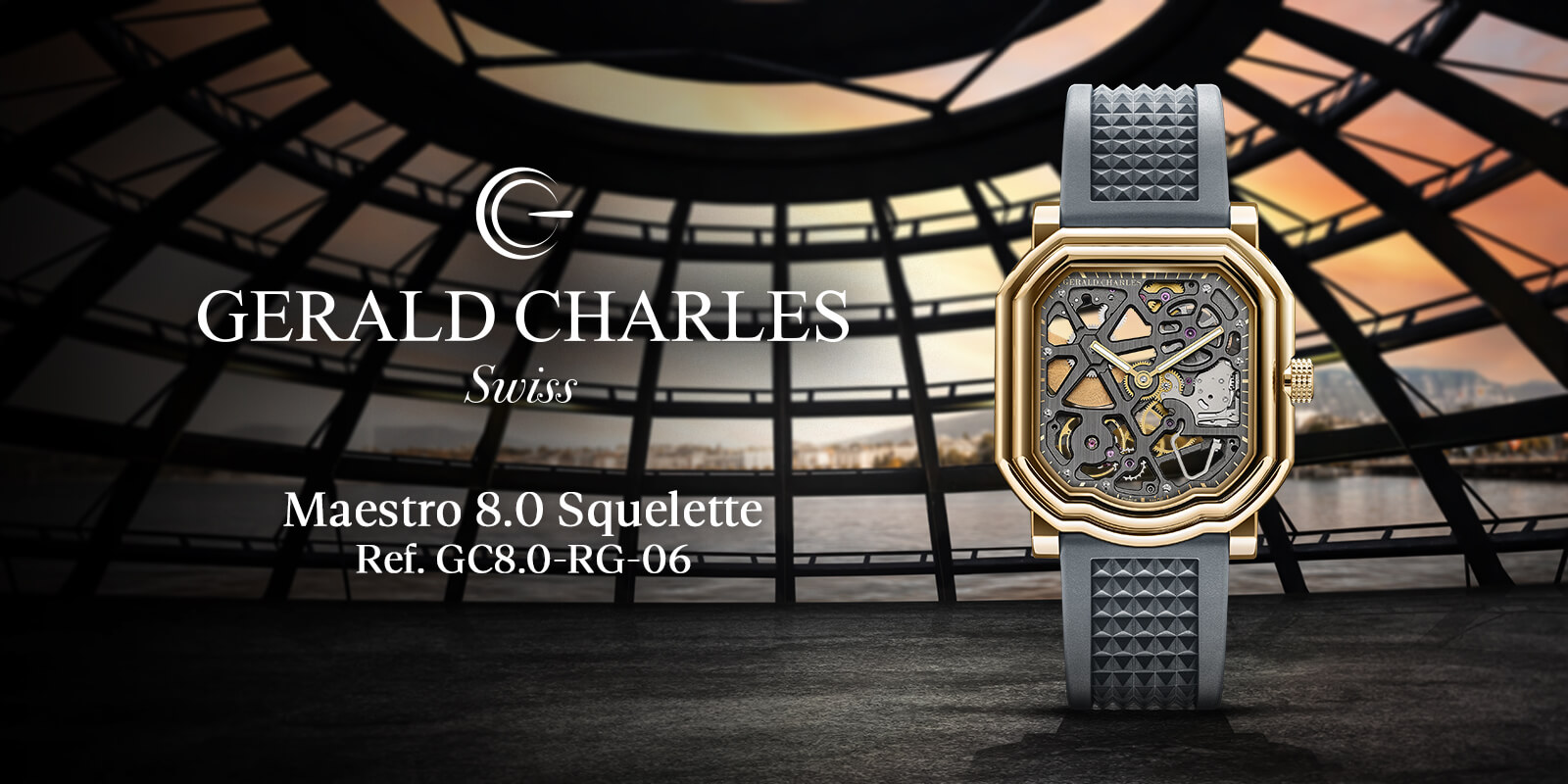


I see watches with SW_200 selling between $300 and $400 US. Why would I pay over $1000 for a watch with that movement. The brands have to understand the value of money in today’s world. Also, if they have an “in house” movement that looks just like an ETA 2892 with a larger barrel, who are they kidding. I guess I am saying, that I want more for my money. Thoughts??
The pricing structures of the brands are based on brand power and marketing. The general public doesn’t see or know sellita/eta, they see “in house” and the prestige of a luxury brand name vs a wannabe/no name brand.
Hi Herbert, thanks for the comment!
I would tend to agree with you, but at the same time there are other factors beyond the movement to consider in a watch. These could be: brand recognition, design and finishing. All contribute to the end price, so it comes down to what you value most! Raman
What is a safe way to sell my Rolex and still get top dollar?
With these aggressive price increases for what was an entry level watch a few years ago, the big brands are almost assuredly limiting the first time buyer (of a real watch) to be able to afford just one. It won’t be a stepping stone to additional purchases and will become once again a purchase for a very special occasion.
By definition, the brands producing a particular reference over time become the lowest cost producer as they become the most efficient mfg and can push suppliers for better pricing.
Don’t believe in the R&D thing. I’d wager 80+% of even a new Cal uses parts from prior references.
Oris tried adding some gold to their lineup and I looked great. They’re underrated.
Just throw in some 18K gold accents here and there….great way to climb upscale where they belong.